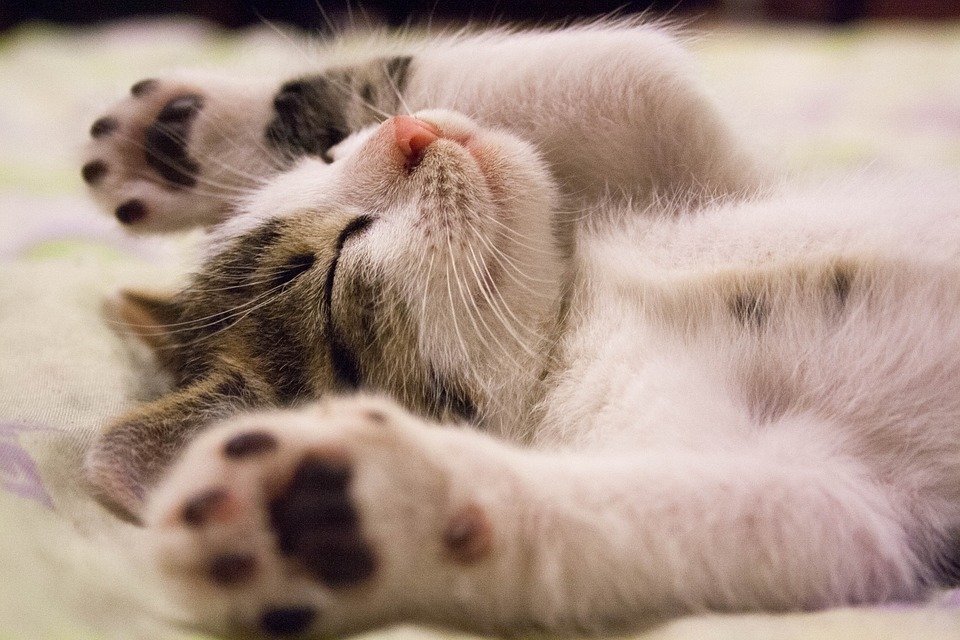Arthritis is a common condition among older cats that can significantly impact their quality of life. By understanding the symptoms and implementing appropriate management strategies, cat owners can ensure their feline companions’ comfort and well-being.
Arthritis, also known as degenerative joint disease, is a chronic condition characterized by the inflammation and deterioration of the joints. It commonly affects older cats, although it can occur at any age. The gradual wear and tear of cartilage, which acts as a cushion between the bones, leads to pain, stiffness, and reduced mobility.
Recognizing the symptoms of arthritis in cats is key to addressing the issue. Lethargy and reduced activity levels are common signs, as cats with arthritis may become less active and withdraw from their usual playful activities. Difficulty in jumping and climbing is another symptom, as arthritic cats may struggle to jump onto elevated surfaces or find it challenging to climb stairs. Stiffness and lameness, particularly after resting or during colder weather, may also be observed. Changes in grooming habits, such as grooming less frequently, can lead to a lackluster or unkempt appearance. Additionally, cats in pain may exhibit altered behavior, such as increased aggression, irritability, or seeking more solitude.
Managing arthritis symptoms in cats involves a combination of veterinary care and lifestyle modifications. Consulting a veterinarian is crucial to confirm the diagnosis and develop a tailored treatment plan. Veterinarians may prescribe pain medications or recommend joint supplements containing glucosamine and chondroitin to alleviate pain and promote joint health. Maintaining a healthy weight through a suitable diet plan is essential for reducing strain on the joints. Environmental modifications, such as providing ramps or steps for easy access to elevated surfaces, can enhance the cat’s comfort. Gentle exercises and play sessions can promote joint mobility and muscle strength, and providing warm and comfortable sleeping areas can soothe achy joints.
Some frequently asked questions about arthritis in cats include whether cats of any age can develop arthritis. While arthritis is more commonly seen in older cats, it can occur at any age, especially in cats with joint abnormalities or previous injuries. It is important not to give arthritic cats over-the-counter pain medications without consulting a veterinarian, as some human medications can be toxic to cats or have adverse effects. To help a cat lose weight and alleviate joint strain, a weight management plan including portion control, a balanced diet, and interactive play sessions can be discussed with a veterinarian. Physical therapy, tailored to the cat’s specific needs, can be beneficial in improving joint mobility, increasing muscle strength, and reducing pain. Alternative therapies, such as acupuncture or laser therapy, can be considered in consultation with a veterinarian, although their effectiveness varies and may not work for all cats.
By recognizing the symptoms of arthritis in cats and implementing appropriate management strategies, cat owners can offer their feline friends a better quality of life. Regular veterinary check-ups, a tailored treatment plan, and a loving, supportive environment will go a long way in ensuring the cat’s comfort and well-being. With proper care, an arthritic cat can lead a happy and fulfilling life.








